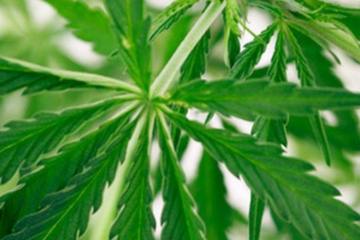The cannabis industry is facing a financial reckoning as delinquent payments have surged to $3.8 billion, casting a shadow over the future of this burgeoning sector. This alarming figure not only highlights the industry’s cash flow challenges but also underscores the need for regulatory intervention to prevent a potential collapse.
The Ripple Effect of Unpaid Debts
The cannabis market’s growth has been meteoric, yet this expansion has come with growing pains. As businesses struggle to stay afloat, unpaid debts have become a common issue, affecting everyone from cultivators to retailers. The impact is particularly severe on smaller operators and those owned by minorities, who often lack the financial buffer to withstand delayed payments.
This debt crisis has far-reaching consequences, with nearly half of the affected businesses reporting difficulties in servicing their own debts and a third struggling to meet tax obligations. The situation is exacerbated by the federal tax code 280E, which further strains the financial health of cannabis companies.

A Closer Look at the Numbers
The $3.8 billion in delinquent payments represents a significant portion of the industry’s revenues, equating to 1.6 months of legal cannabis retail sales in the U.S. The cultivation sector is the hardest hit, with retailers experiencing the least impact. These numbers paint a stark picture of an industry in distress, with many businesses teetering on the brink of insolvency.
Seeking Solutions
The cannabis industry’s debt dilemma calls for immediate action. Stakeholders are advocating for regulatory changes that could provide relief, such as revising tax policies and improving access to banking services. Without such interventions, the industry’s debt is projected to exceed $4.2 billion, threatening its sustainability and the livelihoods of those it employs.




